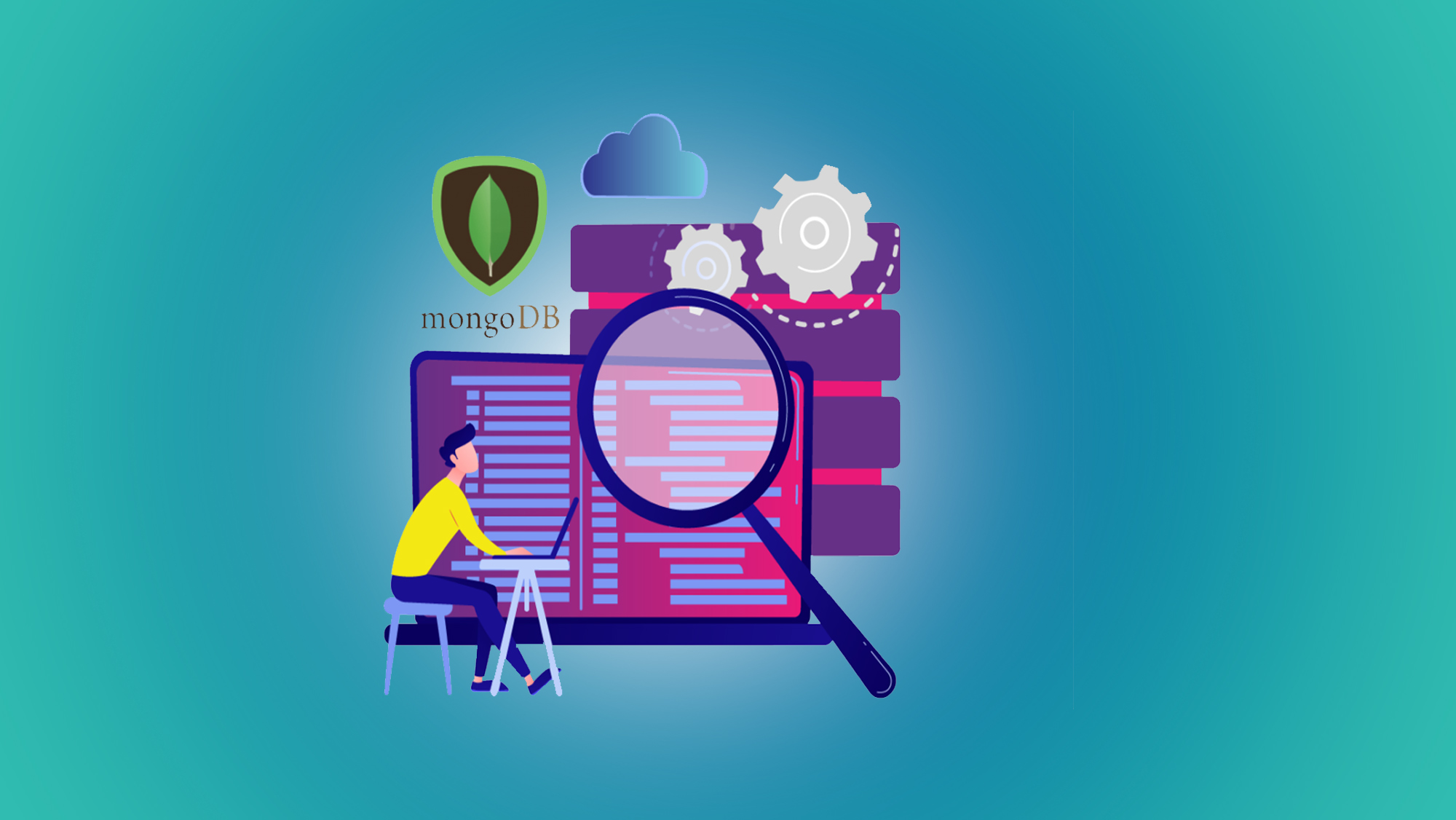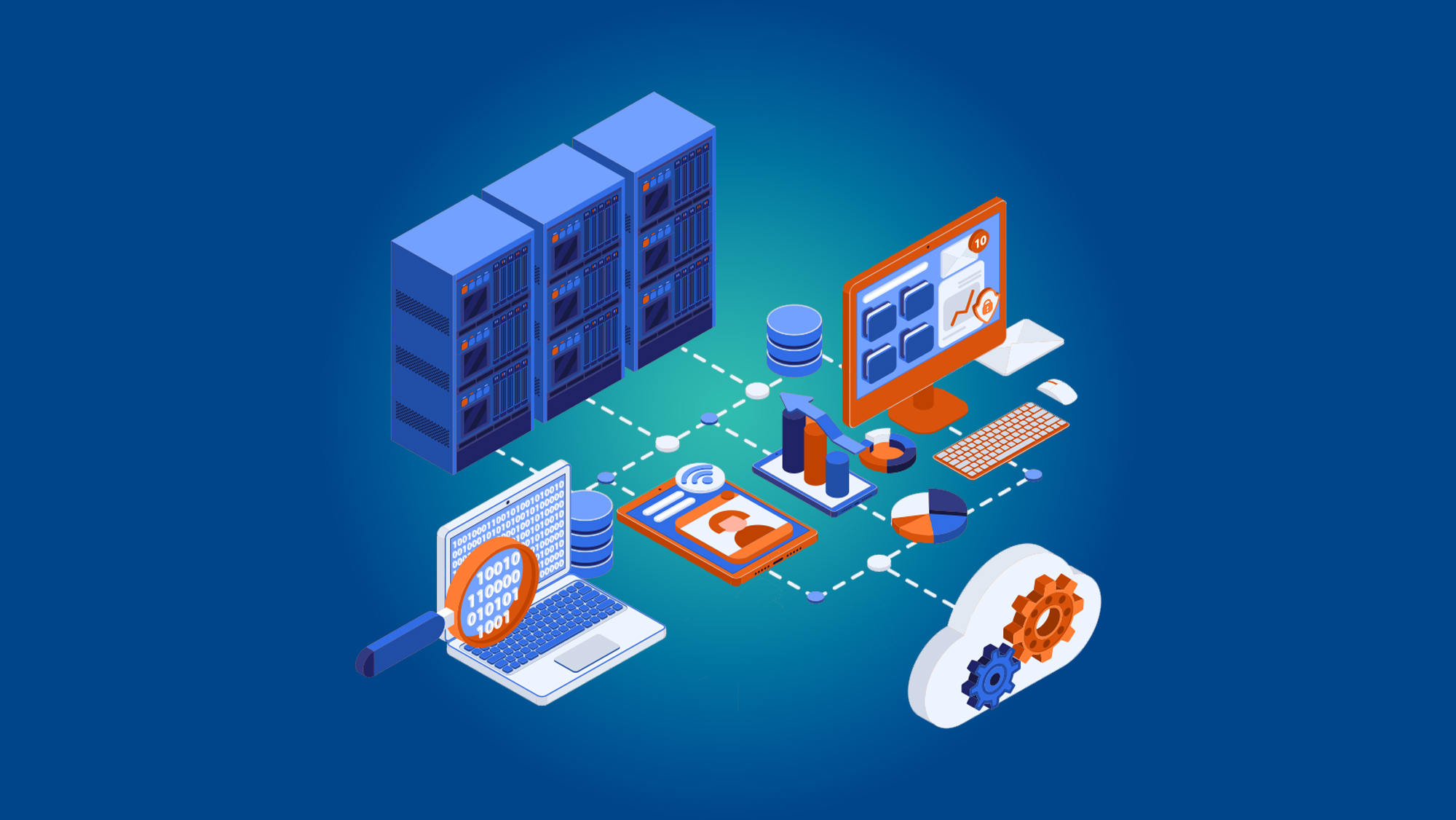MongoDB Vs Traditional Databases: Why MongoDB is the Future
Introduction:
In the realm of database management systems, a significant shift has been underway over the past decade. Traditional relational databases have long been the go-to choice for businesses and developers, but with the advent of NoSQL databases, such as MongoDB, a new era of data management has emerged. In this blog post, we'll explore the key differences between MongoDB and traditional databases, and delve into why MongoDB is poised to shape the future of data storage and management.
1. The Rise of NoSQL and MongoDB
Traditional Databases: A Brief Overview
Traditional relational databases, like MySQL, PostgreSQL, and Oracle, have been the stalwarts of data management for decades. They use structured tables, rows, and columns to store data, making them well-suited for structured and transactional data.
Introducing NoSQL Databases
The limitations of traditional databases in handling rapidly evolving, semi-structured, and unstructured data led to the rise of NoSQL databases. NoSQL, which stands for "not only SQL," encompasses a diverse range of database systems designed to handle various data types and scale horizontally.
MongoDB: A Leader in NoSQL
MongoDB, a document-oriented NoSQL database, has gained significant traction among developers and enterprises due to its unique features and advantages. Let's delve into why MongoDB is positioning itself as the future of database technology.
2. Flexibility and Schema Evolution
One of MongoDB's standout features is its flexible schema. Unlike traditional databases, which require a predefined schema, MongoDB allows developers to store and process data without a fixed structure. This flexibility is particularly valuable in scenarios where data is subject to frequent changes or lacks a uniform schema.
With MongoDB, businesses can effortlessly adapt to evolving data requirements, making it an ideal choice for startups and enterprises alike. This flexibility extends to applications like content management systems, e-commerce platforms, and real-time analytics, where data structures can change rapidly.
3. Scalability and Performance
Traditional databases often struggle to handle the massive volumes of data generated by modern applications. MongoDB addresses this challenge with horizontal scalability, achieved through sharding. Sharding involves distributing data across multiple servers, or shards, enabling MongoDB to handle large-scale applications and high-traffic workloads seamlessly.
Additionally, MongoDB's architecture allows for read scaling by deploying replica sets, which provide data redundancy and ensure high availability. This combination of horizontal and read scalability positions MongoDB as a robust choice for building applications that demand performance at scale.
4. Agility and Speed of Development
In a fast-paced development environment, agility is paramount. MongoDB's JSON-like document structure enables developers to work with data in a way that closely resembles the code they write. This "code-to-data" mapping streamlines development and reduces the impedance mismatch often encountered when using traditional databases.
Furthermore, MongoDB's expressive query language and powerful aggregation framework empower developers to extract insights from data with ease. The ability to manipulate and analyze data directly within the database simplifies complex operations, eliminating the need for external processing.
5. Real-time Data and Analytics
The era of real-time data has ushered in a demand for databases that can handle high-velocity data streams. MongoDB excels in this domain with its support for time-series data, geospatial data, and data generated from IoT devices.
When it comes to analytics, MongoDB's aggregation pipeline provides a versatile toolkit for performing complex transformations and computations. This capability is crucial for businesses seeking to derive meaningful insights from their data in real time.
Conclusion:
While traditional relational databases have served us well, the changing landscape of technology demands a more adaptable and scalable solution. MongoDB's flexible schema, scalability, agility, and support for real-time data make it a compelling choice for modern application development.
As businesses continue to generate and leverage data at an unprecedented pace, MongoDB's ability to handle diverse data types, accommodate rapid schema changes, and deliver superior performance positions it as a driving force in the future of database technology. By embracing MongoDB, developers and enterprises can unlock new possibilities, innovate faster, and stay ahead in a data-driven world. The future of data management is evolving, and MongoDB is at the forefront of this exciting transformation.
You May Also Like
These Related Stories

Everything You Need to Know About MongoDB Training

Mastering MongoDB: Essential Tips and Tricks for Developers




No Comments Yet
Let us know what you think